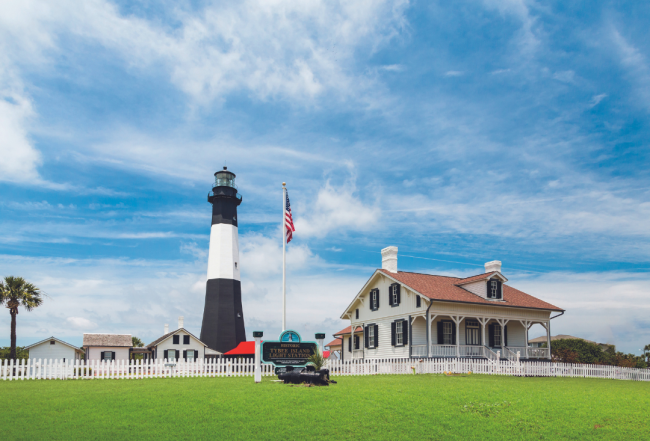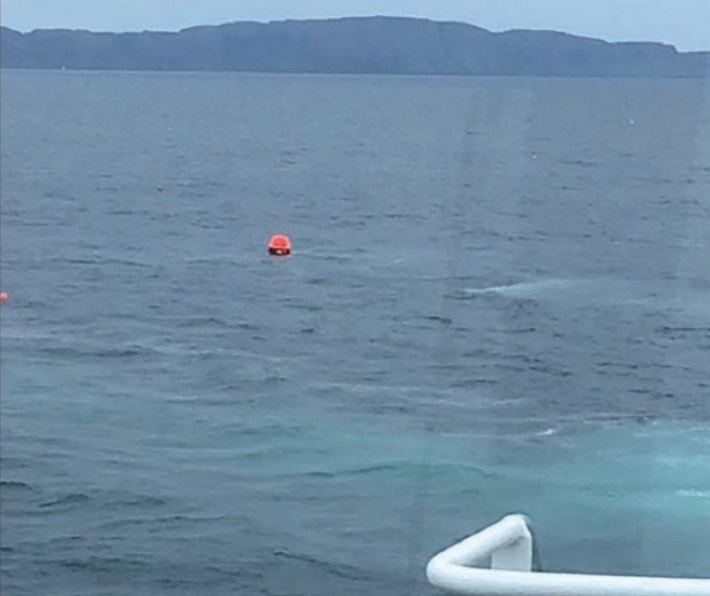Navigating the Inlets of the Atlantic ICW

Cruising the Atlantic Intracoastal Waterway (AICW) is a bit like driving down I-95. There are areas where amenities and conveniences are an exit away, and then there are stretches with only marsh and woods as far as the eye can see, especially in SC and GA. And like I-95 there is constant construction, many speed-restricted areas, and scores of bridges to pass under.
Federal funding for dredging is ongoing and recent appropriations have been greater than in years past. Nonetheless, shoaling remains commonplace on the ICW. The combination of shallow depths in some areas and bridge height constraints for vessels with masts taller than 65 feet prompts some skippers to take an offshore (Atlantic Ocean) route when transiting north or south.
Offshore Run
Some boaters choose an offshore run, whether the entire length of the AICW or specific sections, to save time or to take a break from bridge openings and speed restrictions. Many sailboats exercise this option of turning off the engine and unfurling the sails. Some boats are forced to take the offshore route due to vessel draft or vertical clearance. Regardless of your reasons for exiting the ICW, there are numerous inlets along the coast that allow you to duck in or back out should the weather turn. Keep in mind that not all inlets are navigable and some are treacherous under certain conditions. This section will assist you in recognizing those but it is still important to study the charts, pay attention to the weather and seek current local knowledge before proceeding on an offshore run.
Overall Mileage
Heading north or south, many skippers mistakenly assume that they will shorten their trips by going out to sea and running down the coast. The distances shown here–both inside (ICW) and outside (from inlet to inlet)–demonstrate that this is not necessarily true. Keep in mind that even if outside distances from sea buoy to sea buoy are virtually the same as the ICW distances, when added to that mileage the in and out distances to the buoys increases the total coastwise figure.
Cautions & Warnings

Before you begin an offshore passage, take an honest accounting of your vessel, your crew and yourself. Is each of you up to the task? Is the vessel properly outfitted? Do you have the necessary safety equipment, charts, long distance communications gear such as single sideband radio (SSB), an Emergency Position Indicating Radio Beacon (EPIRB), and life raft? Do you and your crew have adequate experience in boating and navigation to attempt an offshore coastal passage?
Check the weather using as many sources as possible. If you have access to weather routing services, they are a good option, particularly for longer offshore passages. You are seeking a weather window with enough space on each side to get you safely out and back in, with room for unexpected contingencies.
Of course, always file a float plan with a reliable person. A sample float plan is provided in the Skippers Handbook of this guide. You might also look into the free app BoatSafe Free, which allows you to create a float plan and email it to participants or emergency contacts.
Entering & Exiting
Plan your trip so that you enter in daylight, with the tide, particularly if your boat is slow or underpowered. Remember that wind against tide can create short, steep waves in an inlet that can quickly make even a ship channel impassable for slower boats. If conditions are bad when you reach the sea buoy for an inlet, you may find yourself being driven ashore by wind or waves and unable to find the inlet buoys. It may be better to remain well offshore in rough conditions, possibly continuing to a better inlet.
Be advised that the markers at some inlets are moved on a regular basis and the buoys should be honored. Should you find yourself at an inlet and needing direction, a call on VHF Channel 16 for local knowledge is likely to bring you a response. Sea Tow and TowBoatU.S. are two other knowledgeable sources. The Coast Guard may also be able to assist you, but only if it is, indeed, an emergency.
